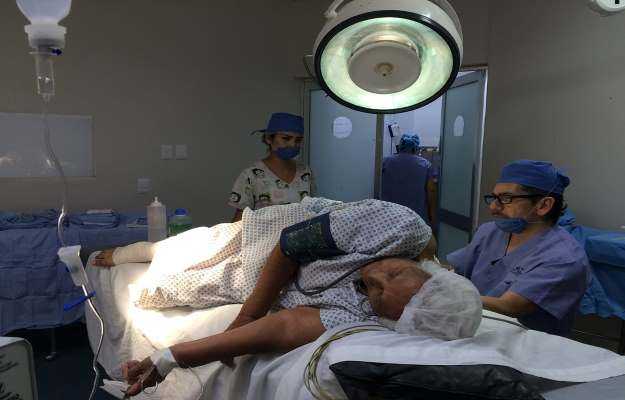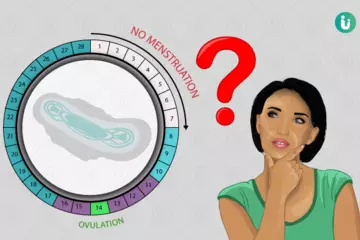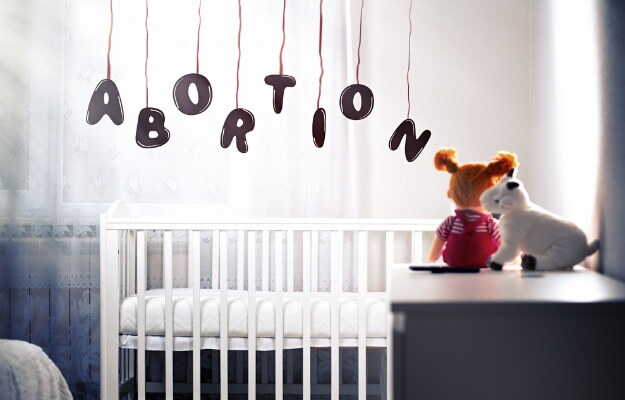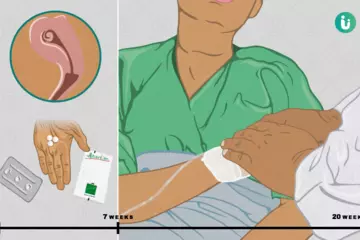What is Nocardiosis?
Nocardiosis is an infectious disease caused by bacteria which is found in soil & water affecting the lungs, brain and skin. Nocardiosis has two types:
- The lung (pulmonary) type caused by inhaling the bacteria.
- The primary skin (cutaneous) caused by the entry of bacteria from open wounds.
What are its main signs and symptoms?
If the lung is infected by nocardiosis then the patient may experience below symptoms:
If brain or spinal cord is infected by nocardiosis then the patient will experience:
Skin affected by nocardiosis will show below symptoms:
- Skin ulcers
- Nodules
What are the main causes?
Nocardiosis is an infection by the bacteria Nocardia asteroides. One may get infected with this bacteria merely by inhaling the air above the soil containing this bacteria. Other species of this bacterium may enter through the means of open wounds into the body. People who have a weak immune system have a high risk of acquiring this infection. e.g., persons suffering from cancer, HIV infection, undergoing immunosuppressant therapy and more. The disease rapidly spreads to other organs, especially the brain.
How is it diagnosed and treated?
Physical examination and a detailed history taking helps to understand the reduced sounds of breath in an infected lung. Positive culture tests of the sputum and the fluid in the lungs will confirm the infection with the bacteria. For confirmation of diagnosis chest X-rays, and CT scan is done.
For the treatment of nocardiosis, sulphonamides are prescribed. Treatment is continued for several weeks. Other drugs for the treatment include imipenem and cilastatin, meropenem, cefotaxime, ceftriaxone ampicillin, minocycline, and amikacin.
Rational and prompt treatment should be given to the patient as this disease is fatal if not treated aggressively and in time.
















